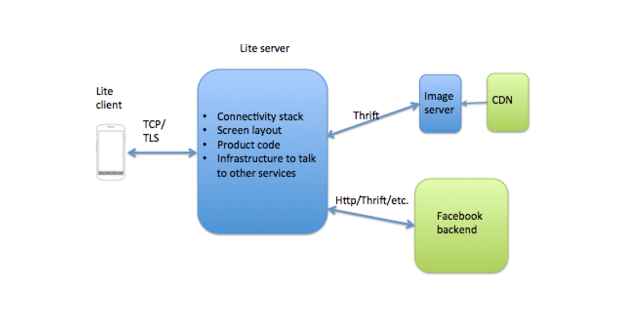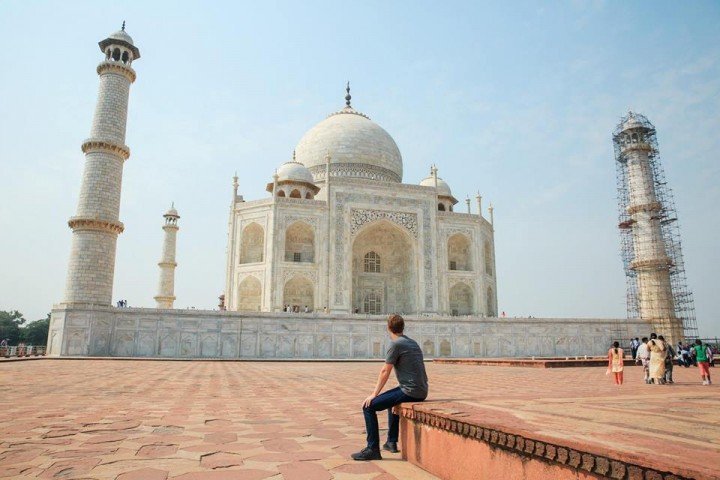
Facebook today announced that facebook lite, its app for the data conscious, has officially clocked 100 million monthly active users.
In India, Facebook has 142 million users, with 69 million using it every day. 133 million of these users access the app on their phone.
Facebook claims that the Lite app is the fastest growing Facebook app yet, and its goal is to provide the best user experience regardless of the type of device a person is using or their connection.
we know that cost of data and overall data usage is extremely important to people.
The announcement was coupled with details on how the social network engineered the app on its blog. “The details are meant to help others who want to create apps in emerging markets,” explains Vijay Shankar, product manager of Facebook Lite. “We’ve spent a lot of time figuring it out.”
After months of research in Indian cities, the Facebook team noticed certain trends. “Through our research in emerging markets and in seeing how people use our apps, we know that cost of data and overall data usage is extremely important to people,” it explained.
Light and frugal
The goal of the Lite app is to have the APK file (the Android application package) take up less than 1MB and use as little data as possible, all while maintaining a high quality user experience.
The average app is about 20MB in size and can take more than thirty minutes to download on a 2G network, Facebook explains.
The client – what a user sees on an Android phone – requests resources from the Facebook Lite server only when needed. The server then fetches data from Facebook’s backend services. This means more features can be added without ever increasing the size of the super light app and resources can be cached and cleared as they’re used.
The app runs a custom message protocol built on TLS (transport layer security), instead of the more commonly used HTTPS. The app also connects to a single server instead of multiple ones.

“This design opens the door for a lot of optimizations that help with reducing data usage and performing on 2G networks,” says Facebook.
Using a single server makes things faster because it can memorize certain data patterns. A press release from Facebook cites an example of a user refreshing their newsfeed by pulling their app screen down. If the only difference is a few extra likes or a new comment, the server sends only that information to the app’s user.
Facebook also figured out that most of its current app usage comes from images, so the server identifies the exact screen size of the user’s phone and resizes images to fit its requirements. This means no image is ever too large, wasting bandwidth to no good effect.
“These design choices help Facebook Lite achieve best-in-class performance metrics on interactions like login, start-up time, pull-to-refresh, and image-loading times on low-bandwidth intermittent networks,” it explains.
New approach
The Lite app was tested on Augmented Traffic Control, a project launched by Facebook to simulate varying network conditions, such as what a person faces when accessing the web on a patch 2G network. It was developed at the Internet.org innovation lab, a space for developers to test out how their apps work in different parts of the world.

The architecture of this app is based off of another version of its app launched two years ago known as “Facebook For Every Phone”.
While Facebook had first envisioned getting into people’s phones – and hearts – by offering partial free internet in partnership with Indian telco Reliance, the lack of internet options it gave people turned them off. Known as Internet.org before being rebranded Free Basics, the scheme was banned from India last month for violating net neutrality.
Facebook Lite is a bit more considerate in that it empowers people based on their existing network situations instead of exploiting them for a scheme that does not give them the full internet. The app is most popular in emerging economies, including India, Brazil, and the Phillipines.
“People who aren’t restricted to 2G networks are also using Facebook Lite,” Vijay says. “We noticed that they’re using it while they travel. It’s for the data conscious.”
Không có nhận xét nào:
Đăng nhận xét